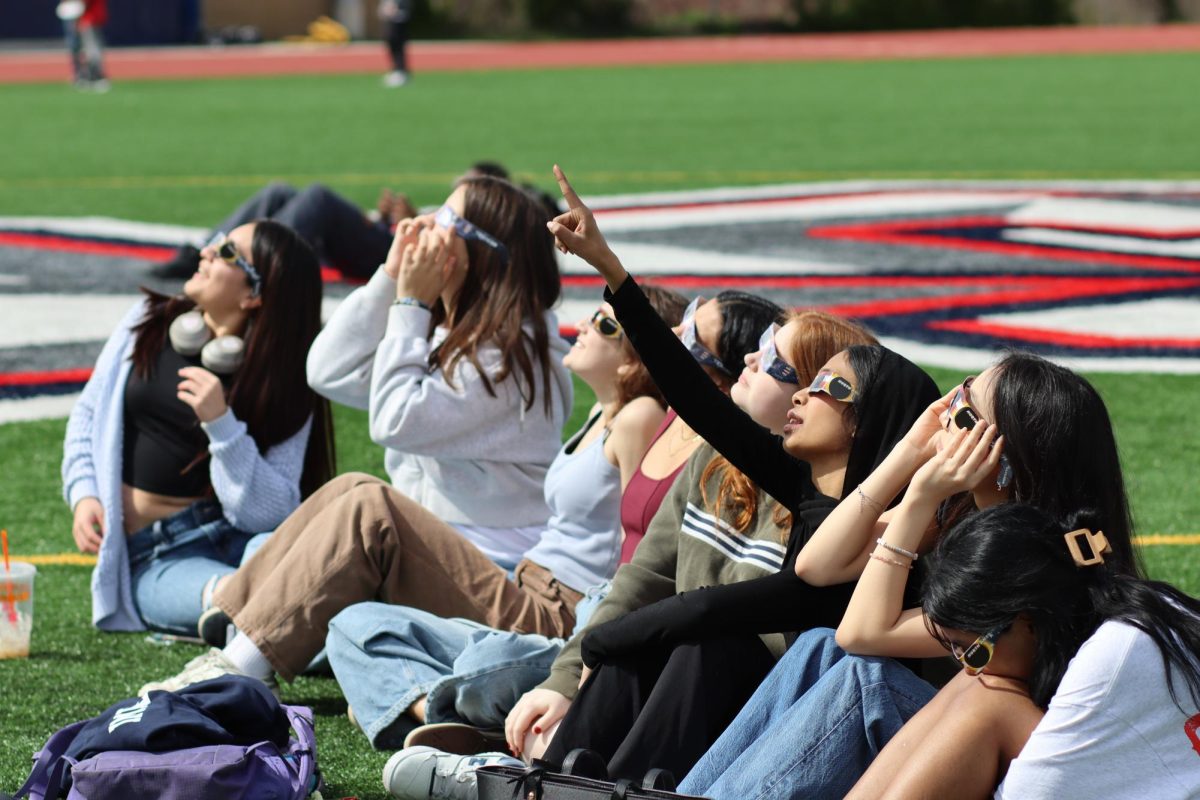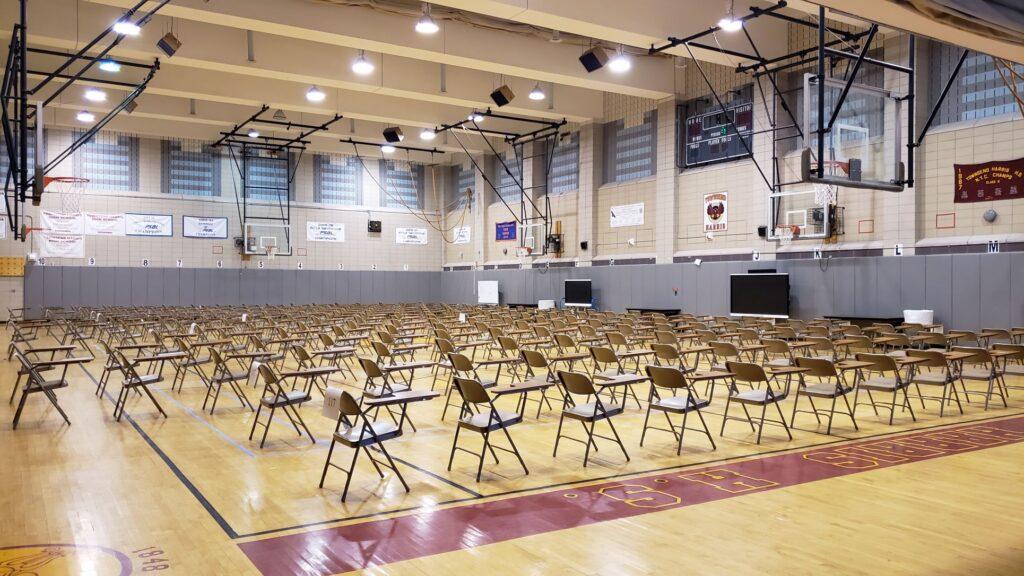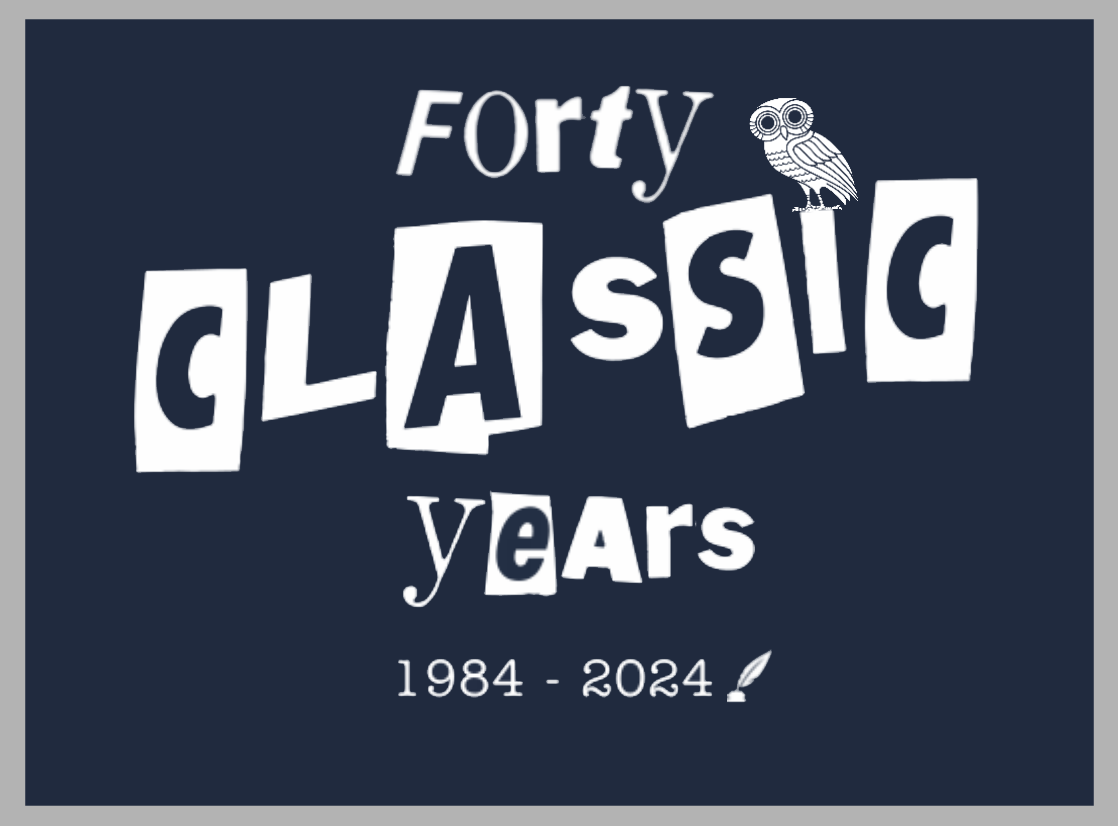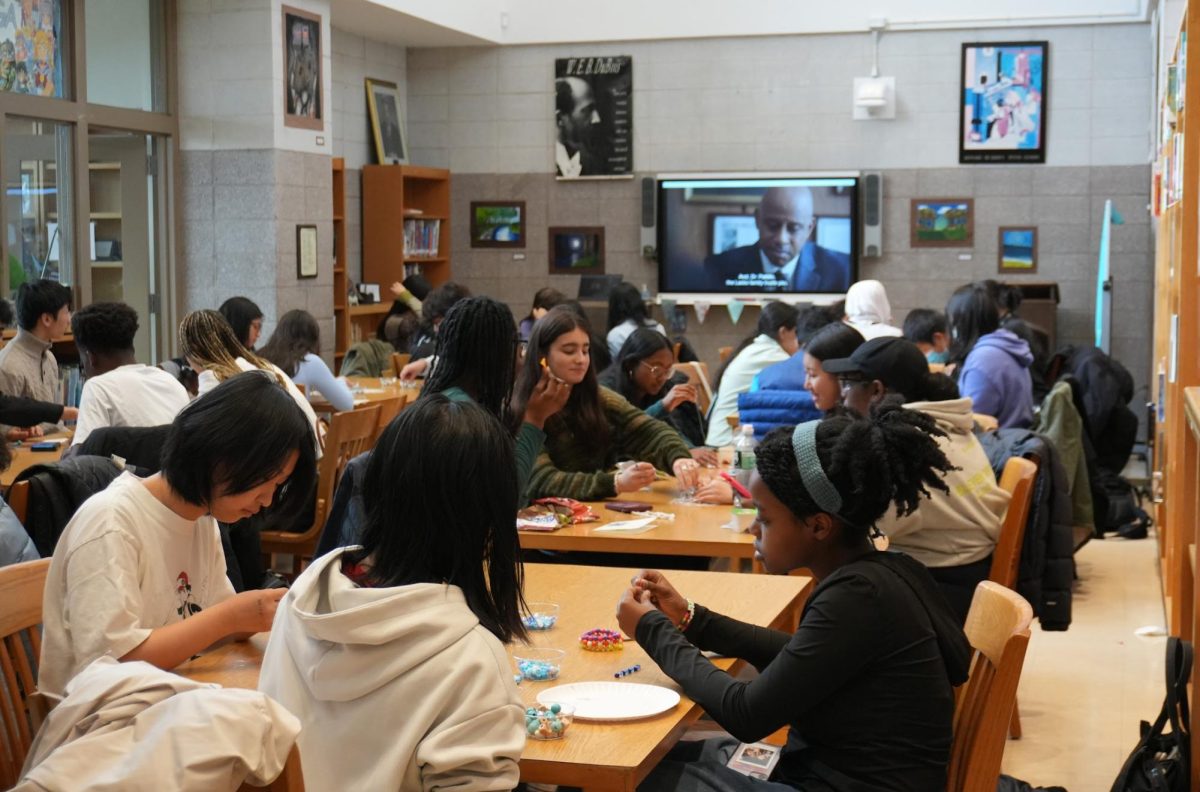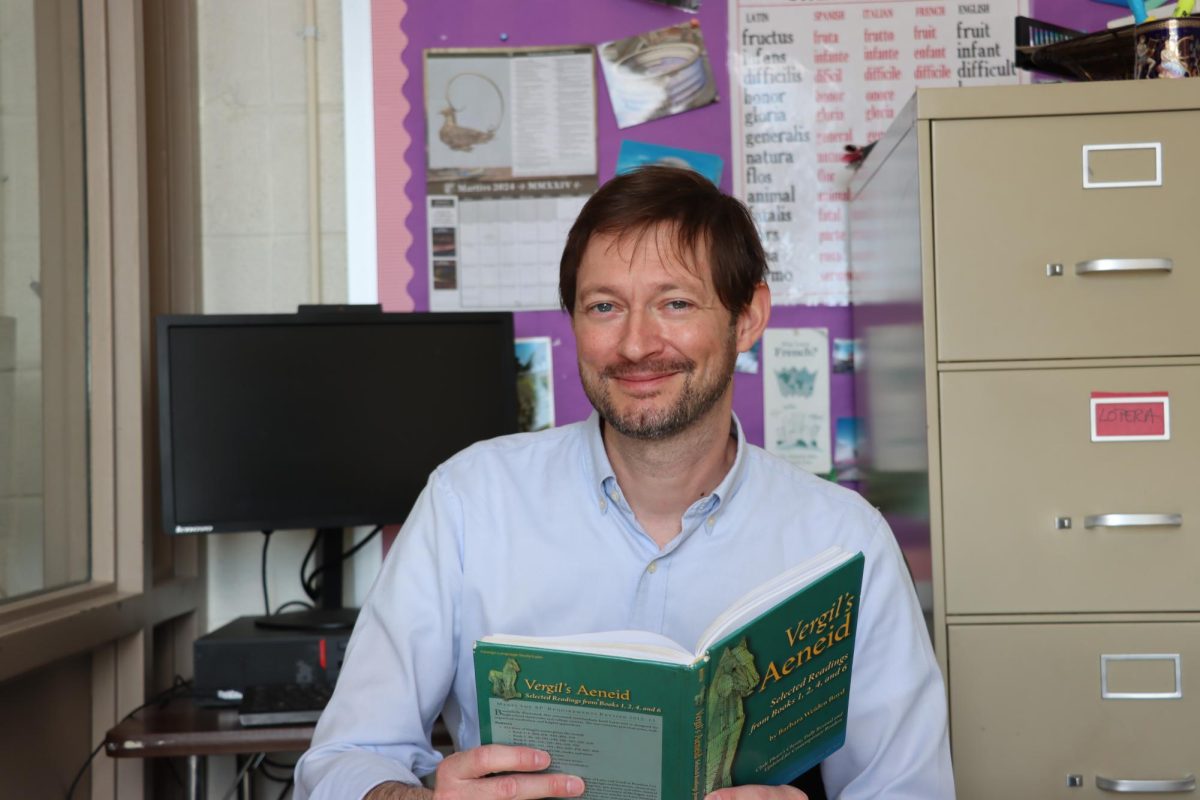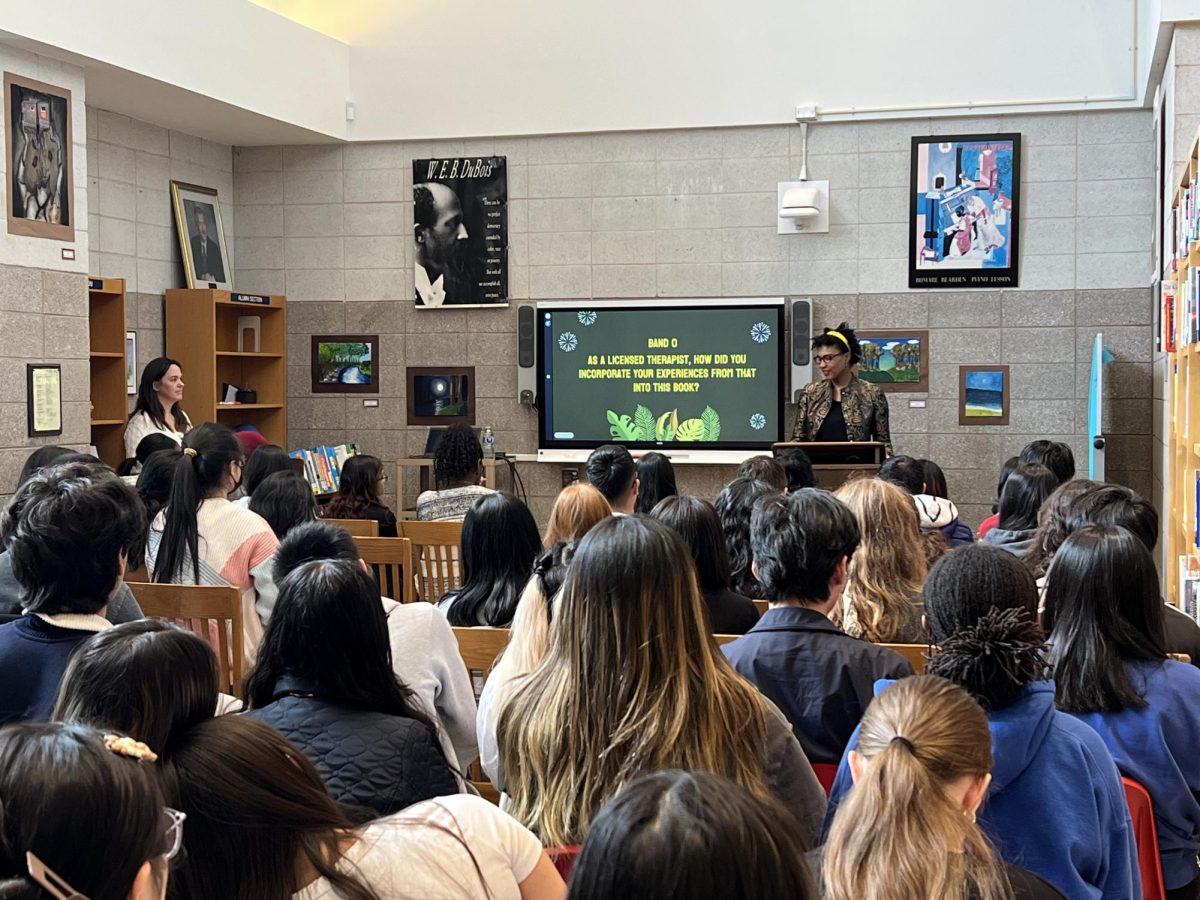
The act is groundbreaking: it’s the first day that Townsend Harris HIV/AIDS peer educators have been allowed to perform condom demonstrations in class, something green-lit for peer educators and qualified teachers.
“On our World AIDS day, my students who trained at North Shore were able to do condom demonstrations with the 11th and 12th graders,” said health teacher Maria Assante, explaining the presence of condoms in classrooms on December 8.
For the past four years, New York City’s sex education curriculum allowed health teachers to speak about proper condom usage in class, but prevented them from performing practical demonstrations or showing actual condoms.
The change impacts the way required courses are taught to NYC high school students, but parents will maintain the right to opt-out their children, as they always have.
The opt-out policy dictates that parents may exempt their children from “prevention” classes (specifically lessons on condoms and other birth control methods) as long as the school is given “assurance that the pupil will receive such instruction at home.” In 2012, the criteria for opting-out broadened to include the HIV/AIDS curriculum.
“It’s easier said than done when it comes to putting on a condom,” said senior peer educator Nadia Khan.
“I don’t think people realize until they see the actual demonstration. It’s great that health classes are taking a step forward in the right direction of helping promote overall well-being,” she added.
“It’s very important that students get a proper understanding of how to use [condoms] because proper usage not only prevents pregnancies, but also prevents the spread of diseases and viruses,” said senior peer educator Adomas Hasan.
“The most effective way to teach students the process is through demonstrations,” he explained.
A 2011 study published by the Public Library of Science (PLOS) found that states that taught comprehensive sex/and or HIV/AIDS education and covered abstinence along with contraception and condom use tended to have the lowest teen pregnancy rates.
States with abstinence-only sex education laws stressing chastity until marriage and not demonstrating proper contraceptive use were significantly less successful in preventing pregnancies. “Rather than just stand there and tell the kids to imagine that I’m holding a condom, I can actually show it now,” said Ms. Assante.
“Everyone’s a different kind of learner. Some people [learn] auditorily, others kinesthetically, and some visually. Now, I’ll be able to address everyone’s learning style,” she said.
None of the THHS students have begun the sex education unit in their first semester health classes yet, something that is traditionally saved for the end of the course.
“We want them to be a lot more comfortable by the time we get around to that stuff,” stated Ms. Assante.
In addition to the advent of the new policy, the DOE also recommended that instructors take advantage of their promoted curriculum, HealthSmart.
THHS health teachers plan on using it as a supplement for the old curriculum, creating what they describe as an “organic melding of the two.”
As some THHS students feel, there might be an advantage to keeping the new demonstration policy classroom-based.
“[Condom use] is good to know how to do, but the demonstrations themselves are presented awkwardly and made me uncomfortable,” commented junior Vanessa Lau. “It felt a little unnecessary―I would definitely prefer seeing a teacher do it.”
“The only complaint I have is that being the same age as the people educating makes it difficult to maintain the same level of authority that a teacher may have and may lead one’s peers to not take the demonstration seriously,” said Adomas.
“I feel like it would be a much better idea to have an adult with authority [who] is able to maintain solemnity throughout the presentation.”
For all its potential drawbacks, the policy is generally being well-received among the students and the faculty.
“[Despite] potential awkwardness, it’s a good idea to have education and choices available to you,” commented physical education teacher Lauren Caiaccia.
On any other changes she would like to see added to the NYC health curriculum, Ms. Assante remarked that she would like to see the sophomore year health course “expanded from one semester to a year.”
“Change happens when people feel passionately about something and do something about it,” Ms. Assante said, referring to both the recent changes in the health curriculum and ones she anticipates in the future.
“Go to your mayor, your city council member…taking action is the best way to ensure that positive change gets made,” she concluded.


